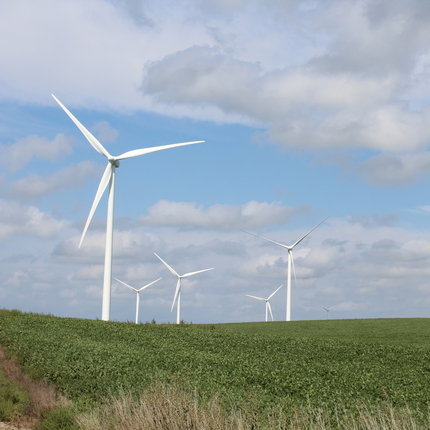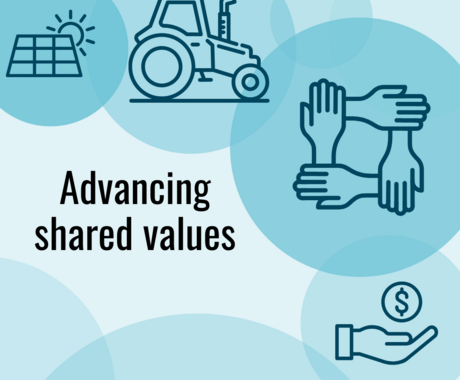The expansion of wind generation has been, and continues to be, a boon for rural development.
Wind energy is one of the fastest-growing sources of electricity across the nation. A handful of Midwest states like Iowa, Nebraska, and South Dakota are leading the charge in its development, according to recent reports from the U.S. Department of Energy.
In 2022, wind power accounted for 22% of new electricity capacity, representing a $12 billion investment. While it was considered a down year for installations due to supply chain issues, forecasts for wind energy investments have grown by almost 60% thanks to passage of the Inflation Reduction Act in 2022.
Wind energy expansion has been a major contributor to rural investment and a source of development. These projects can generate significant tax revenue for rural counties. In 2021, Iowa wind turbines paid out $57 million to state and local taxing bodies as well as $67 million in lease payments to landowners. County governments can use these funds to provide relief to taxpayers, improve critical infrastructure like county highways, revitalize town centers, and increase funding for essential services.
The industry has also created jobs for rural residents. According to Clean Jobs Midwest, more than 147,000 jobs were located in the rural Midwest in 2022.
Wind energy has been expanding in the Midwest for more than two decades. States like Iowa (62.4%) and South Dakota (54.8%) led the nation in the share of in-state electricity generation coming from wind, while Minnesota (23.5%) and Nebraska (31%) ranked within the top 10. Iowa (81.9%) and South Dakota (76.9%) also led the nation in the share of in-state sales of electricity coming from wind energy, which accounts for most of the states’ energy consumption.
In 2022, Nebraska ranked third in newly installed wind generation capacity at 602 megawatts, with Iowa, South Dakota, and Minnesota also ranking in the top 7. In total, these states combined for more than 1,600 megawatts of new wind capacity, which is enough to power nearly 500,000 additional homes annually.
Given wind energy’s potential positive impact on rural development, capitalizing on it is essential for economic growth. Several Midwest states have paved the way as leaders in the industry’s growth, which will pay dividends for rural communities for decades to come.





